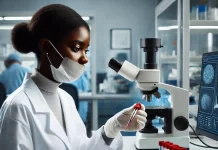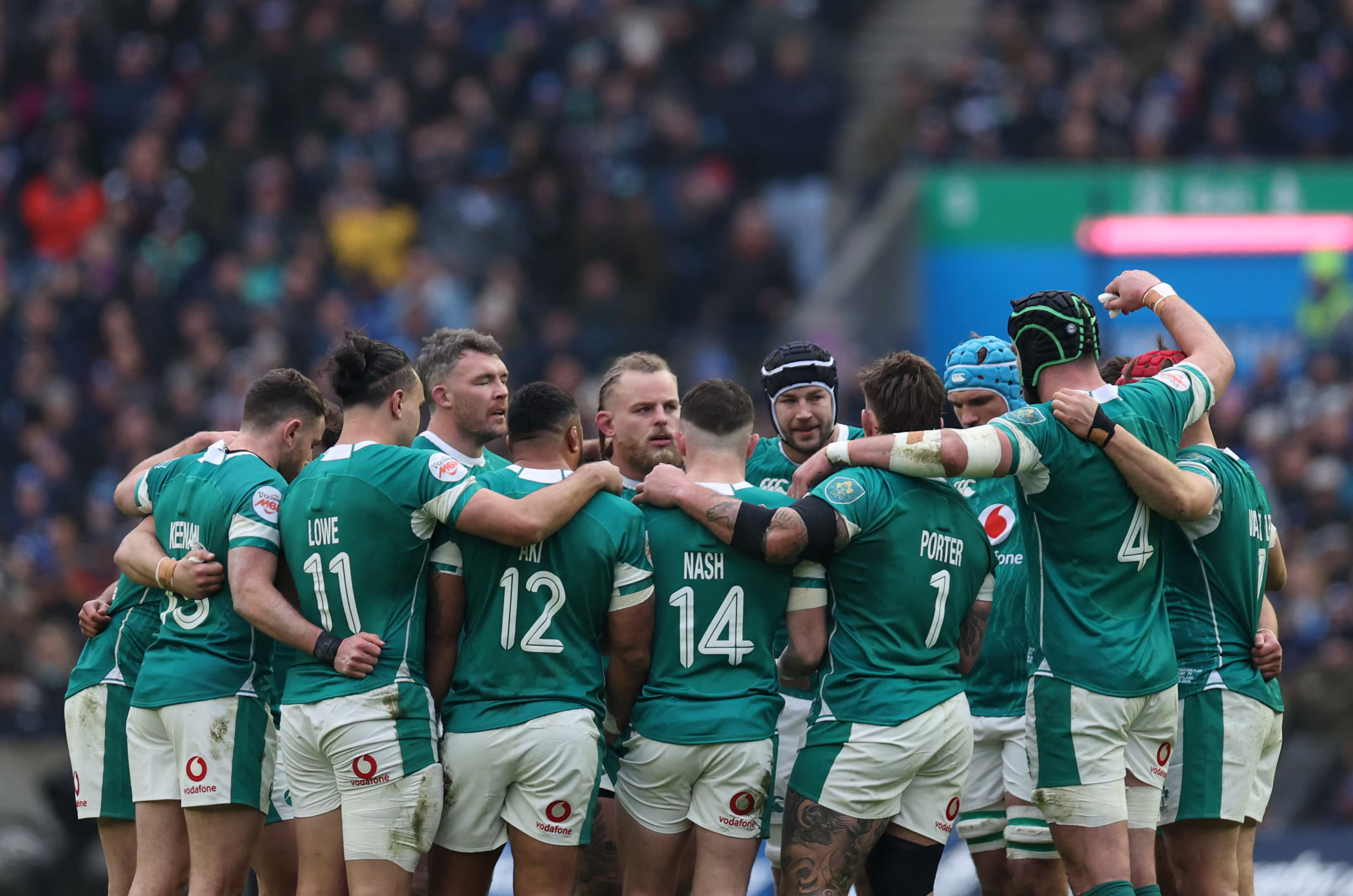
- Location: Johannesburg/ Gauteng, South Africa
- Total funds raise to date: R 1,503,600
- Fundraisers to date: 38
Like so many non-profits around the world, Rare Diseases South Africa isn’t just a charity – it’s a personal mission for its founder.
“I registered Rare Diseases SA after my son was diagnosed with a rare condition,” says Kelly du Plessis, founder and CEO. “Rare diseases are incredibly expensive to treat – his medication costs R360 000 (each month and he’s been taking it for over 10 years. At that time, there were no organisations focusing specifically on rare diseases in South Africa, and support was very limited. I thought I should change that.”
Today, Rare Diseases SA works to improve referral systems so that rare disease patients can get quicker diagnoses from specialist doctors. Kelly and her team also do a lot of patient advocacy work, lobbying public and private sector organisations to cover the often eyewatering cost of treatment.
Since 2015, the charity has used GivenGain as its preferred online fundraising platform – and has found it uniquely well-suited to its crowdfunding-driven funding model. We caught up with Kelly to find out why she chose GivenGain, and to get her advice for other charity professionals.
As the only charity of its type in South Africa, Rare Diseases SA became the go-to organisation for people with rare diseases – growing quickly as a result. Seven years on, its staff of nine help around 5,000 members nationwide each month. “I didn’t realise it would get to the size it is today,” says Kelly. “It all just happened organically, which is great – but it has also been somewhat scary sometimes.”
As the organisation grew, so too did its need for funding. From the very start, Rare Diseases SA relied heavily on voluntary donations.
A bigger base, not bigger donations
Kelly decided that the most sustainable source of funding for her organisation was personal giving. “I don’t think non-profits actually realise the value of a strong personal giving base. They underestimate the value of a quick R20 or R50. There’s a perception that as a non-profit organisation, you should always go after big funding because that will set you up forever. But what people don’t realise is that if you’re reliant on that one R1 million donor, and they change their mind for whatever reason, you don’t have a base – you can lose 30% of your fundraising capacity in one e-mail.”
“That’s why personal giving has been so important for us. I think it’s part of the reason why we’ve managed to have such great success. There’s a lot of value in quick, small donations. When I look at our statements, we receive contributions of all sizes – but collectively added up, they make a big impact.”
The right platform
Rare Diseases SA needed an online platform that fit with their many-to-one fundraising strategy – and that Kelly and her donors could trust.
“We had a profile with another online fundraising platform, and it worked relatively well, but then there was a whole scandal with them – people had donated money and it wasn’t a vetted charity, it was all over the media. I started looking at other platforms where there was that governance in place. I wanted to know that we were competing against other registered charities, so I could still feel happy if someone chose to donate to them as opposed to us.”
From that point of view, GivenGain was an obvious choice. The platform is operated by the non-profit GivenGain Foundation and is only open to registered charities. Additionally, it has a global reach – donors in almost 200 countries have used it to give to their favourite charities around the world, and they can do so in a range of different currencies.
Yolandie Earle Petzer
R38,461 RAISED
106% of goal
Frans du Plessis
R18,200 RAISED
18% of goal
Daniel The Brave
R46,900 RAISED
195% of goal
Andrew Crowe
R13,458 RAISED
135% of goal
GivenGain also helps Kelly to build lasting relationships with donors and fundraisers, helping her to turn them into regular supporters. Charities receive details of their donors, making it easy to perform analytics and follow up with future campaigns. “Every three months we’ll download a report of all the donors. We send out a thank-you letter that’s very specific to them – something like ‘Dear John, thank you very much for your donation of R50 on 5 January’. And in there, we’ll list our activities over that three-month period to show the impact they made. We’re not in their faces all the time, but we’re e-mailing them often enough that they remember us.”
“I find that every time we send out those mailers, probably 10 to 15 percent then go on to make another donation.”
If you build it, they will fundraise
As of December 2020, Rare Diseases SA is among the top health-focused charities on GivenGain in terms of funds raised – putting it alongside big names like Doctors Without Borders (MSF) South Africa. Kelly puts that success down to the charity’s marketing efforts and has plenty of advice for charity professionals looking to achieve the same results.
“With all the events that we run through our GivenGain platform, we rely on the use of social media and imagery and storytelling to get those donations,” she explains. “Donors want to feel part of it. They want to understand how they’ve made an impact. And the way to get that across is through storytelling. I don’t think anyone who is donating R50 or R100 really goes in to understand the organisation’s mandate – I think it’s all about the sexiness, if I can call it that, of the campaign in front of them.”
Building creative campaign hooks that grab donors’ attention with relatable concepts has been key to Rare Diseases SA’s success – like the Fill Our Tank – Fuel Our Passion campaign that they launched in May, calling on South Africans to donate the cost of a single tank of fuel. Then, once the campaign is set up, Kelly explains that the next step is to mobilise your supporters to spread the message for you – and give them the support they need to do so.
“It’s not about asking your activists to donate out of their own pockets. It’s about asking them to share your campaign. Put it in front of as many people as possible. You’ve then got the opportunity to convert that to a donation, but even if no money comes in from that transaction you’ve still increased your brand awareness.”
To do that successfully, the trick is to make fundraising as easy as possible. Kelly explains that there’s a common perception among potential fundraisers that doing anything for charity is time-consuming and difficult. By letting them know that it can be quick and easy, Rare Diseases SA has amassed a legion of dedicated supporters in South Africa and beyond. “Arming them with whatever information they need to fundraise is critical. It’s giving them graphics, it’s crafting messaging for them that they can share on their profiles, even creating the profiles for them. The goal is to get your charity in front of their network. Jump through whatever hoops are necessary to give them a link.”
“If you make fundraising easy as a charity, people are willing to do it.”
To find out more about GivenGain, please visit.
ENDS.




























